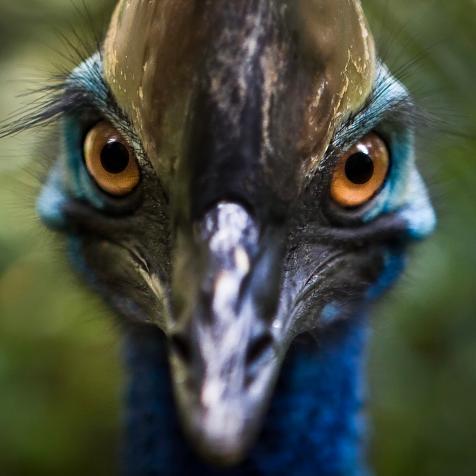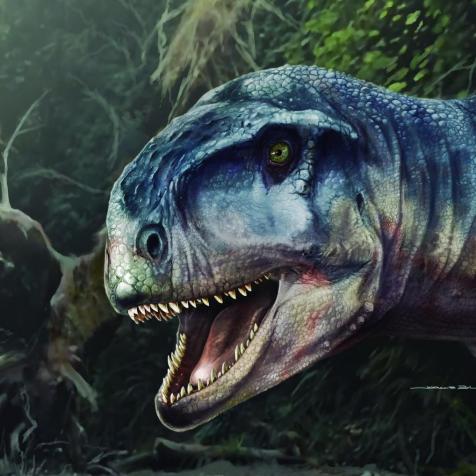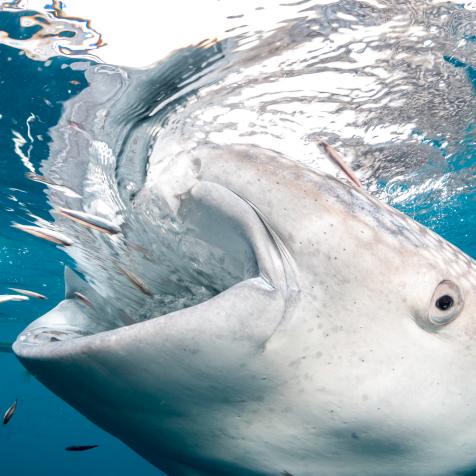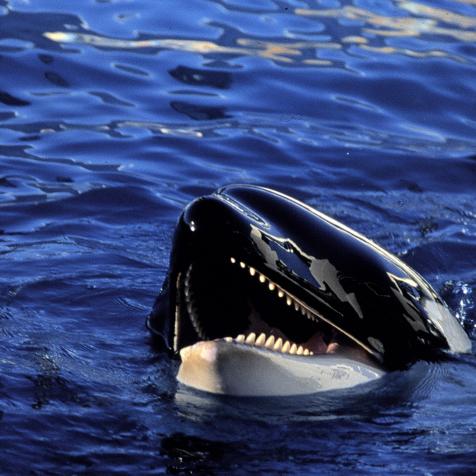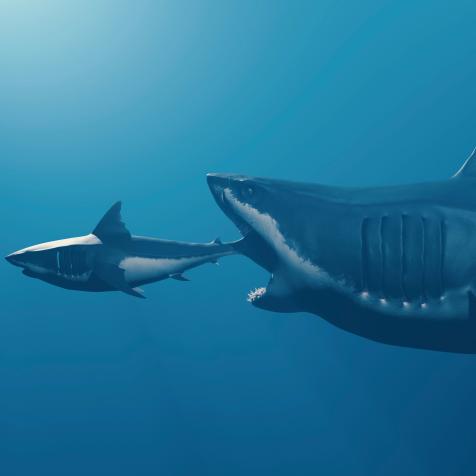
zocchi2
The Oldest Complete Fish Fossil was Discovered Thanks to Kung Fu
Back in 2019, three Chinese paleontologists were playfighting during a break from working in the Chongqing Province, China. One was kung-fu kicked into a rocky outcrop, causing rubble to tumble down and exposing an opening in the rock face. Inside, a spectacular fossil lay undisturbed, preserved for millions of years.
The fossil was a jawed fish, some 439 million years old, and the findings from the Chongqing site, along with other fossil findings in nearby Guizhou province, have excited the science world, as they are 11 million years older than any fish fossil found before.
It is a significant discovery because paleontologists have suspected that jaws evolved some 450 million years ago in aquatic species, but there had yet to be any fossils that supported this theory. The oldest fossils with articulated jaws found were 439 million years old.
In this discovery, though, there was a new species of ancestral shark that was 439 million years old, with a fully articulated jaw.
This striking discovery included finding a species named Fanjingshania renovata. The site had 1,000 specimens of this species, which did not immediately fit into any species group. The “spiny shark” suggest that the jawed fish emerged many years earlier than previously assumed.
“All [these] things are still like dreams,” said Zhu Min, of the Institute of Vertebrae Paleontology and Paleoanthropology in Beijing, who led the research teams that recently published four papers on the discoveries. “Today we are staring at complete early Silurian fishes, 11 million years earlier than the previous oldest finds. These are both the most exciting as well as the most challenging fossils I have had the privilege to work on.”
The papers details the discoveries made in the two Chinese sites, which were numerous.
Some of the fish that were discovered were placoderms, an extinct class of fish that have hard plates that formed a shielded around the head and trunk, while others were an ancestral type of shark called acanthodians. Scientists also discovered the oldest complete shark-like fish, called Shenacanthus. It has a body shape that is similar to other acanthodians, but has thick plates that form an armor around it, like placoderms. The fact that this Shenacanthus species shares features of both groups suggests that the two species evolved from similar ancestral stock.
The scientists found the oldest-known teeth of any vertebrate, 14 million years older than any previous findings, as well as two other shark descendants.
China has been the site of numerous discoveries in recent years, including fossils of feathered dinosaurs, as well as the oldest known animals on Earth.
“The discovery of the Chongqing site is indeed an unbelievable miracle of fossil hunting,” Zhu added. “Suddenly we realized we have found a jaw-dropping lagerstatte [a fossil site of exceptional preservation]. We are now close to the core of untangling the fishy tree of early jawed vertebrates.”










